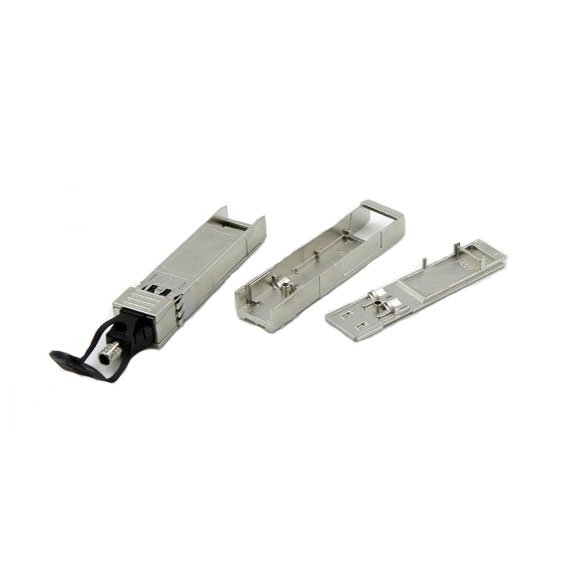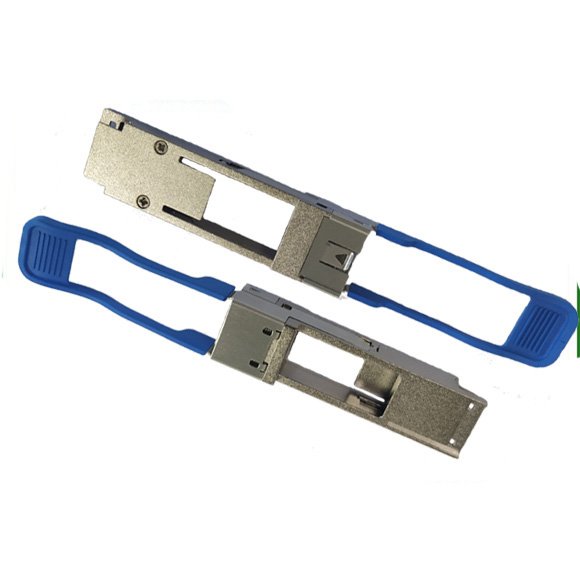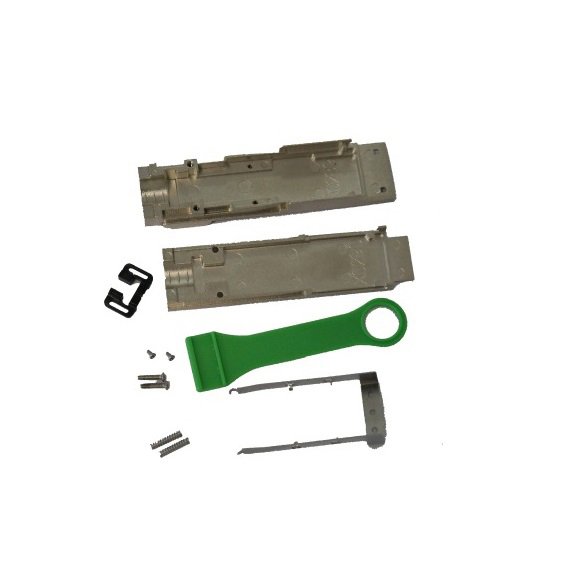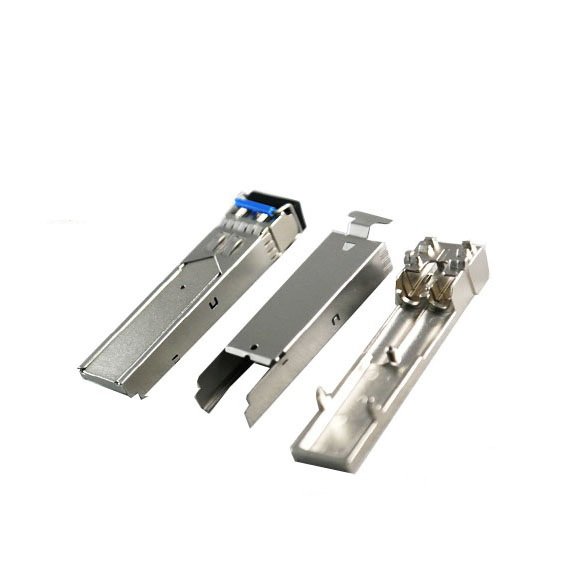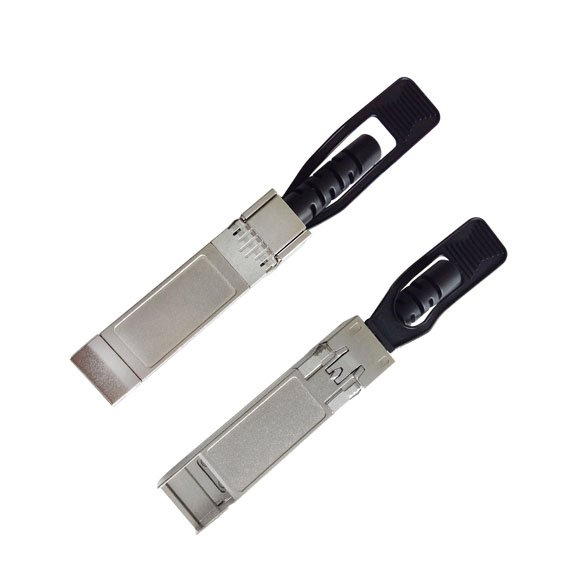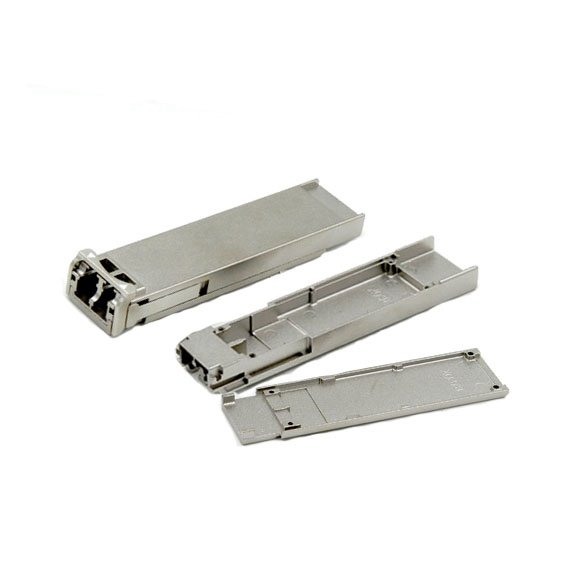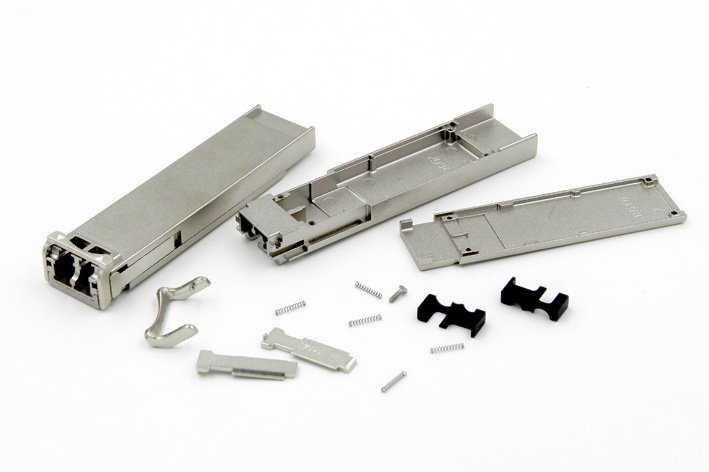When it comes to choosing the right material for transceiver housing, zinc is often a top choice for many manufacturers. This versatile metal offers a range of advantages that make it an ideal option for this application.
One of the key advantages of zinc is its excellent corrosion resistance. Transceivers are often used in outdoor or harsh environments, where they may be exposed to moisture, dust, and other elements. Zinc’s natural protective layer helps to prevent rust and corrosion, ensuring the longevity and durability of the transceiver housing.

In addition to its corrosion resistance, zinc is also known for its high strength-to-weight ratio. This means that transceiver housings made from zinc can be lightweight yet sturdy, providing optimal protection for the internal components. This is particularly important for portable or handheld transceivers, where weight and durability are crucial factors.
Furthermore, zinc is a highly malleable material, allowing for complex shapes and designs to be easily formed. This flexibility in manufacturing makes it possible to create custom transceiver housings that meet specific requirements and dimensions. Manufacturers can also take advantage of zinc’s excellent casting properties, enabling the production of intricate details and precise components.
Another advantage of zinc is its cost-effectiveness. Compared to other materials such as aluminum or stainless steel, zinc is often more affordable, making it a cost-efficient choice for transceiver housing production. This affordability does not compromise the quality or performance of the housing, making it a win-win situation for manufacturers and end-users alike.
In conclusion, the use of zinc material for transceiver housing offers numerous advantages, including corrosion resistance, high strength-to-weight ratio, malleability, and cost-effectiveness. These benefits make zinc an excellent choice for manufacturers looking to produce durable and reliable transceiver housings.


